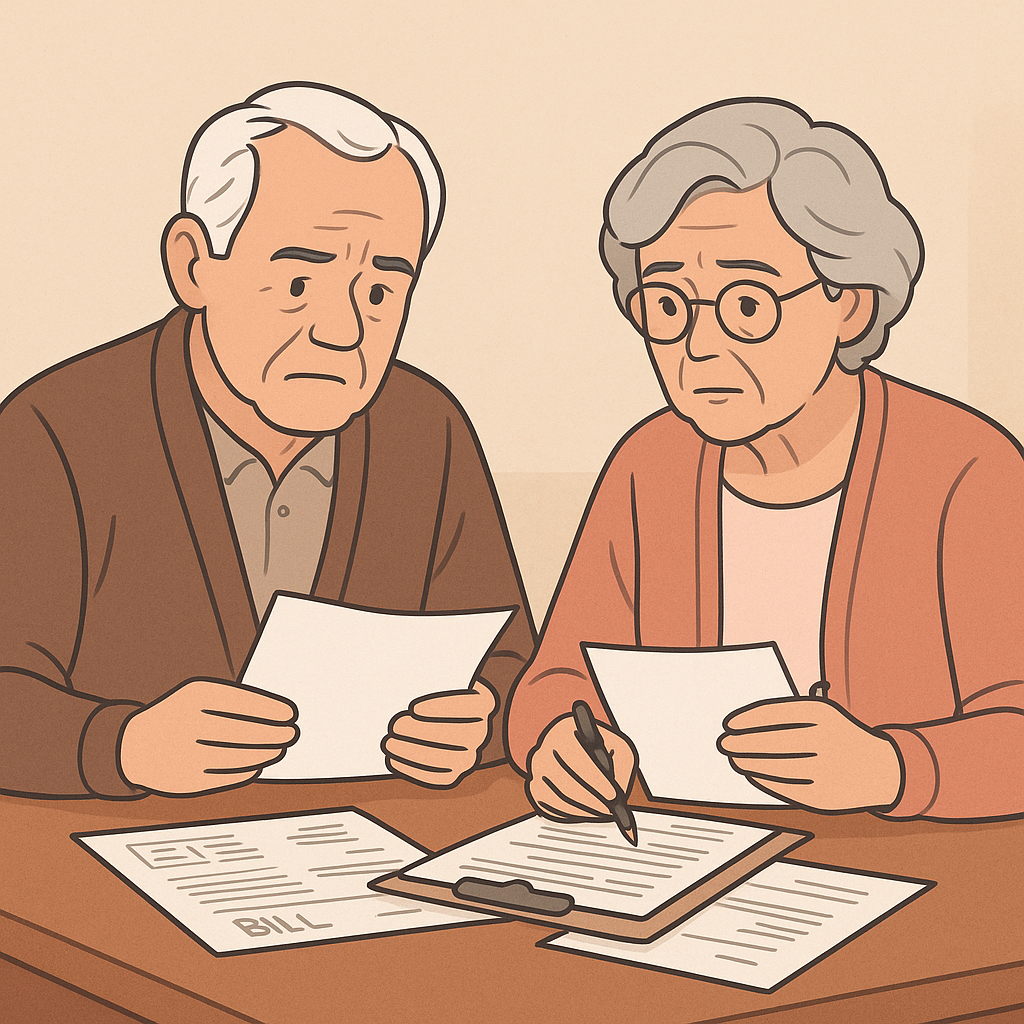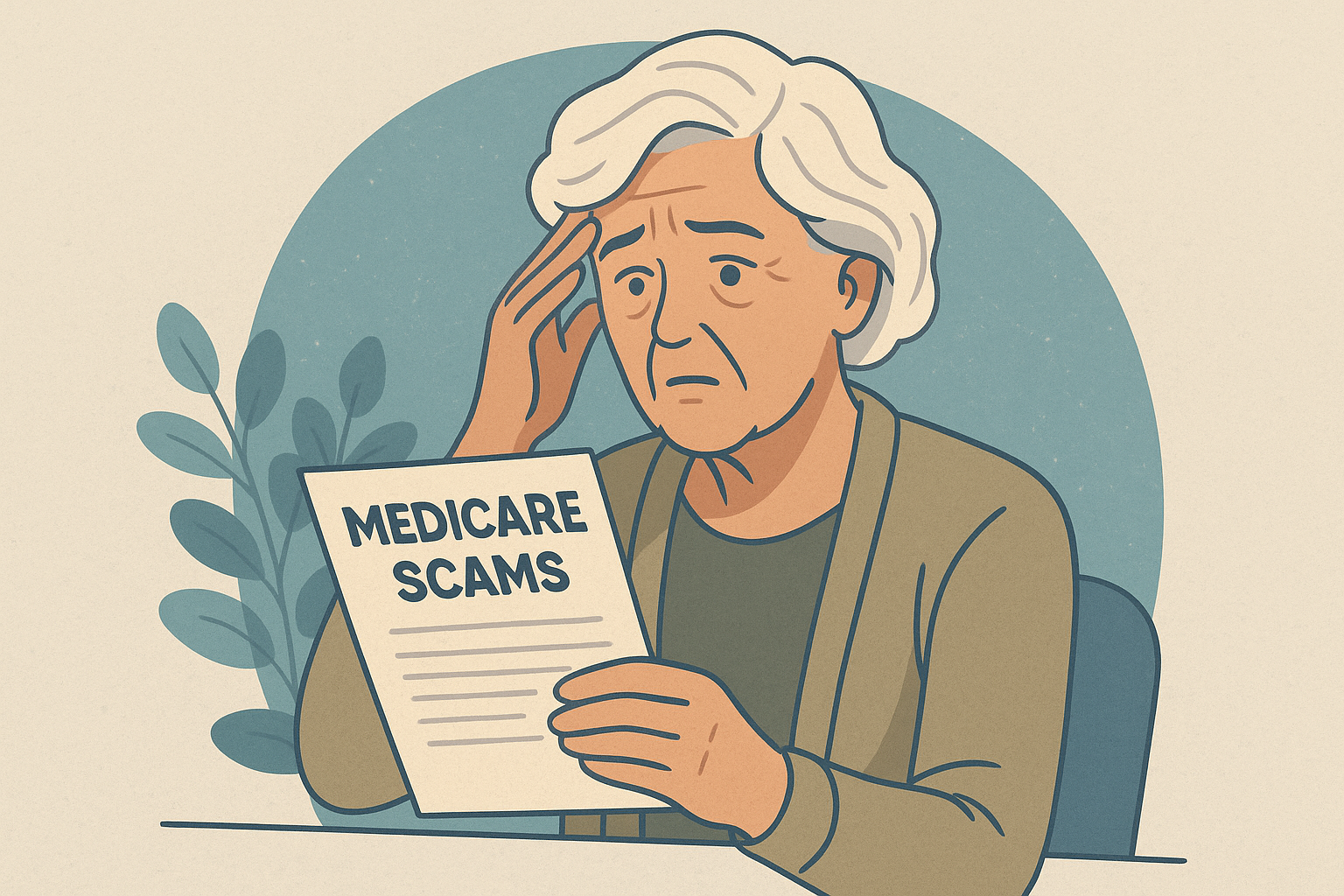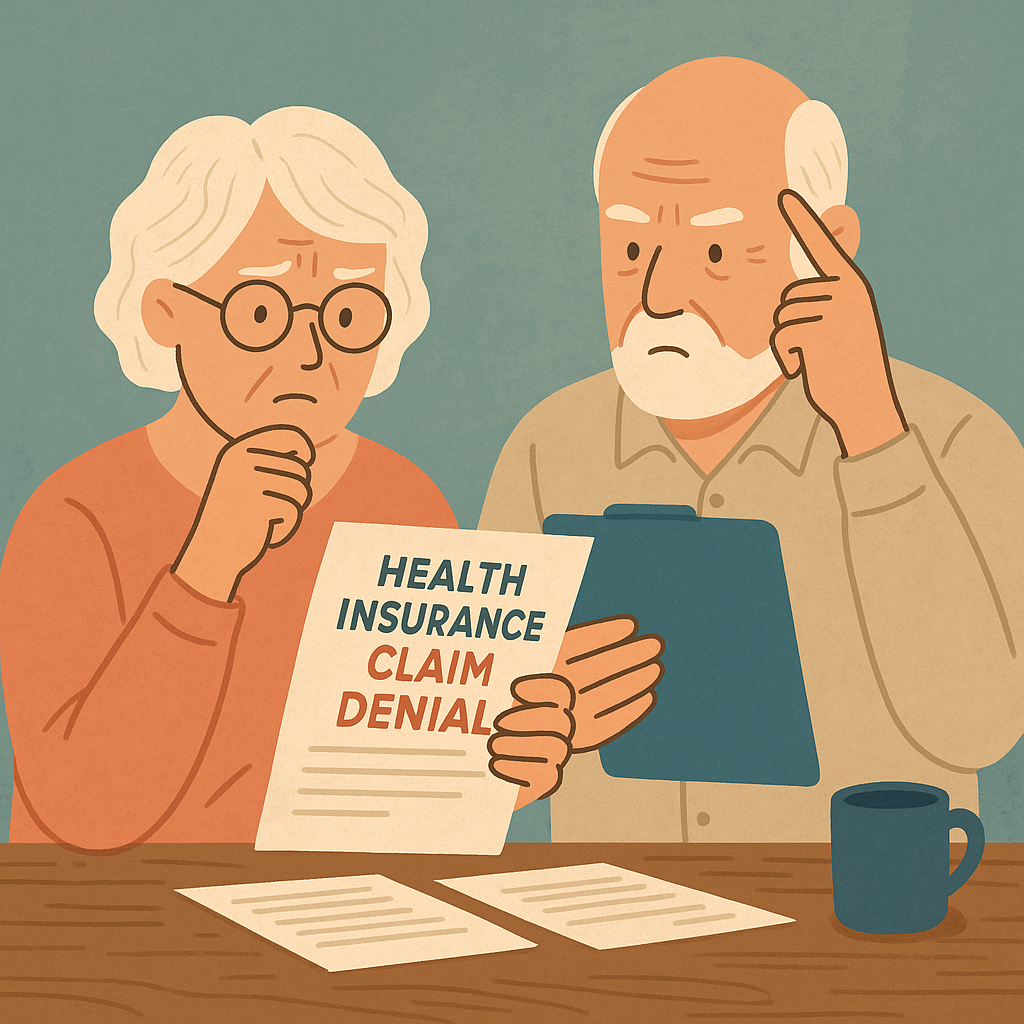Medical billing errors are one of the most common reasons for denied insurance claims and unexpected out-of-pocket charges. Even a small typo or outdated billing code can cause major financial headaches. After you receive medical care, it’s crucial to compare your explanation of benefits (EOB) with an itemized medical bill from your provider. If you didn’t receive one, request it. Reviewing both documents helps you confirm:
-
What services or products were billed
-
What your insurer paid
-
What you’re being asked to pay
This article breaks down the most frequent medical billing errors and what you can do to catch them before they cost you.
1. Missing or Incorrect Patient Information
A simple typo in your name, date of birth, or policy number can trigger a denial. Double check that your personal information and insurance details match exactly between documents.
2. Incorrect or Outdated Billing Codes
Billing codes are specific and must be accurate. If the wrong number of digits is entered, or if an outdated code is used, your insurer may reject the claim. Codes also change regularly, so even a small mismatch matters.
3. Switched or Mistyped Numbers
One extra zero or a reversed digit can cause you to be charged for a product or service you never received. Always cross-reference quantities and details against your records.
4. Duplicate Charges
Getting billed twice for the same test, procedure, or medication is more common than you’d think. Watch for repeated line items.
5. Charges for Services You Didn’t Receive
Sometimes, services that were scheduled but not performed still appear on your bill. If you didn’t receive a test or procedure, question it right away.
6. Unbundled Charges
Certain procedures are supposed to be grouped and billed as a single service. When providers break them into separate charges (a practice called unbundling), it can inflate your costs. This is not allowed under standard billing practices.
7. Upcoding
Upcoding happens when you’re billed for a more expensive procedure than the one actually performed. If this was intentional, it’s considered fraud. Even accidental upcoding can cost you and your insurer more — and may require help from a claims assistance professional to correct.
8. Incorrect Balance Billing
After your insurer pays their portion, you might still receive a bill. But sometimes the remaining balance is a mistake. If the provider is out-of-network or billed incorrectly, you could be overcharged. Always verify any balance with your insurer before paying.
9. Mismatched Diagnosis and Treatment Codes
If the diagnosis and treatment don’t align — for example, a claim says you had stomach flu but were treated for bronchitis — your insurer will likely deny the claim. These mismatches must be corrected before resubmission.
What to Do If You Spot a Medical Billing Error
-
Request an itemized bill if you don’t already have one.
-
Compare it carefully to your EOB.
-
Call your provider to clarify the charge or request a corrected bill.
-
Contact your insurer if the claim was denied based on incorrect information.
-
Get help from a claims assistance professional if the process becomes too complex.
For more help on what to do after a denied medical claim, check out our guide to appealing denied medical claims.
Final Thoughts
Billing mistakes happen — but you don’t have to pay for them. Take the time to review your documents, ask questions, and protect yourself from overcharges or wrongful denials. Every dollar counts when it comes to your medical bills.”
If you want to learn more about your rights when it comes to medical billing, visit the Centers for Medicare & Medicaid Services (CMS) consumer billing protections page for up-to-date federal resources and tools.






